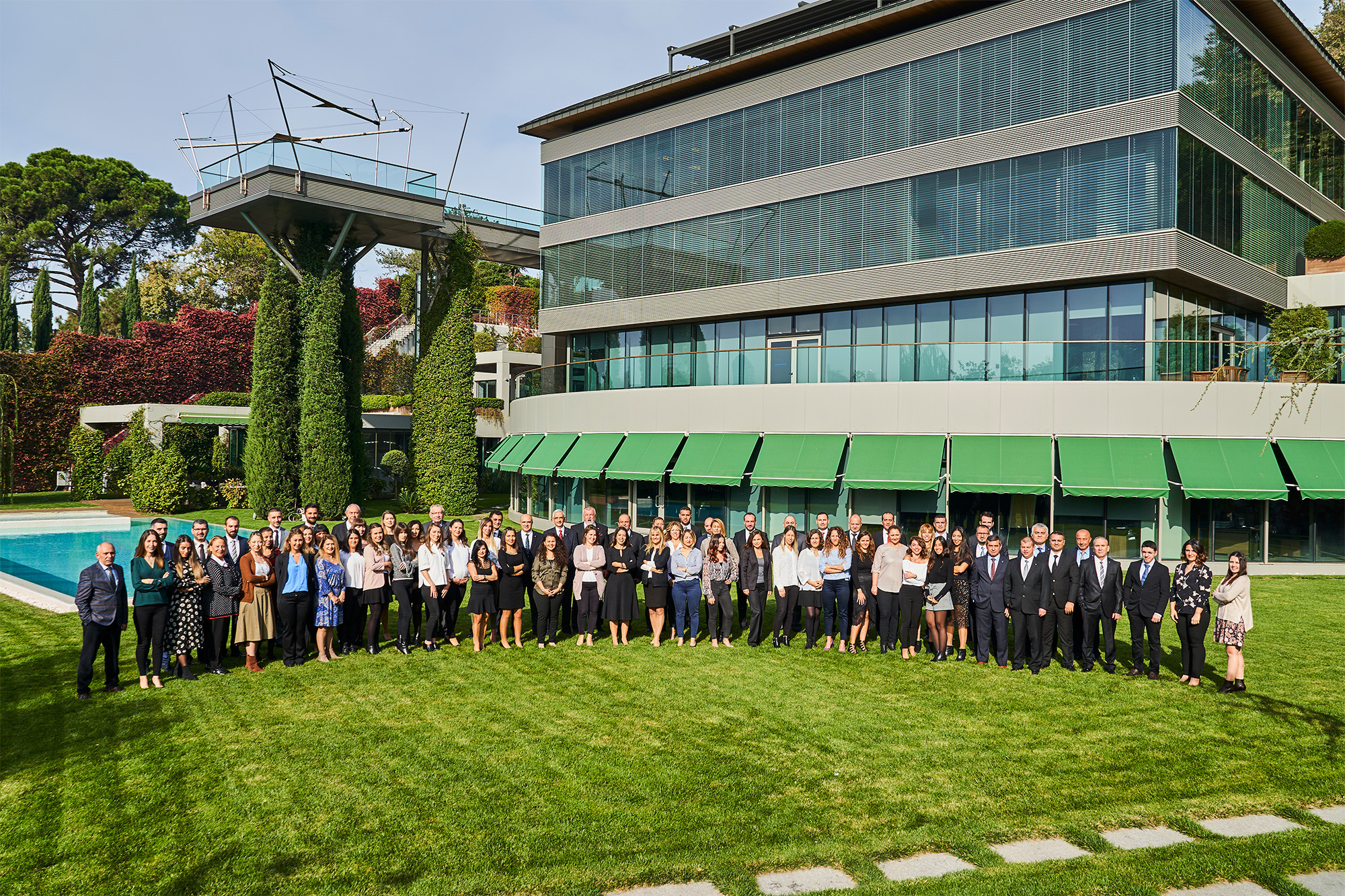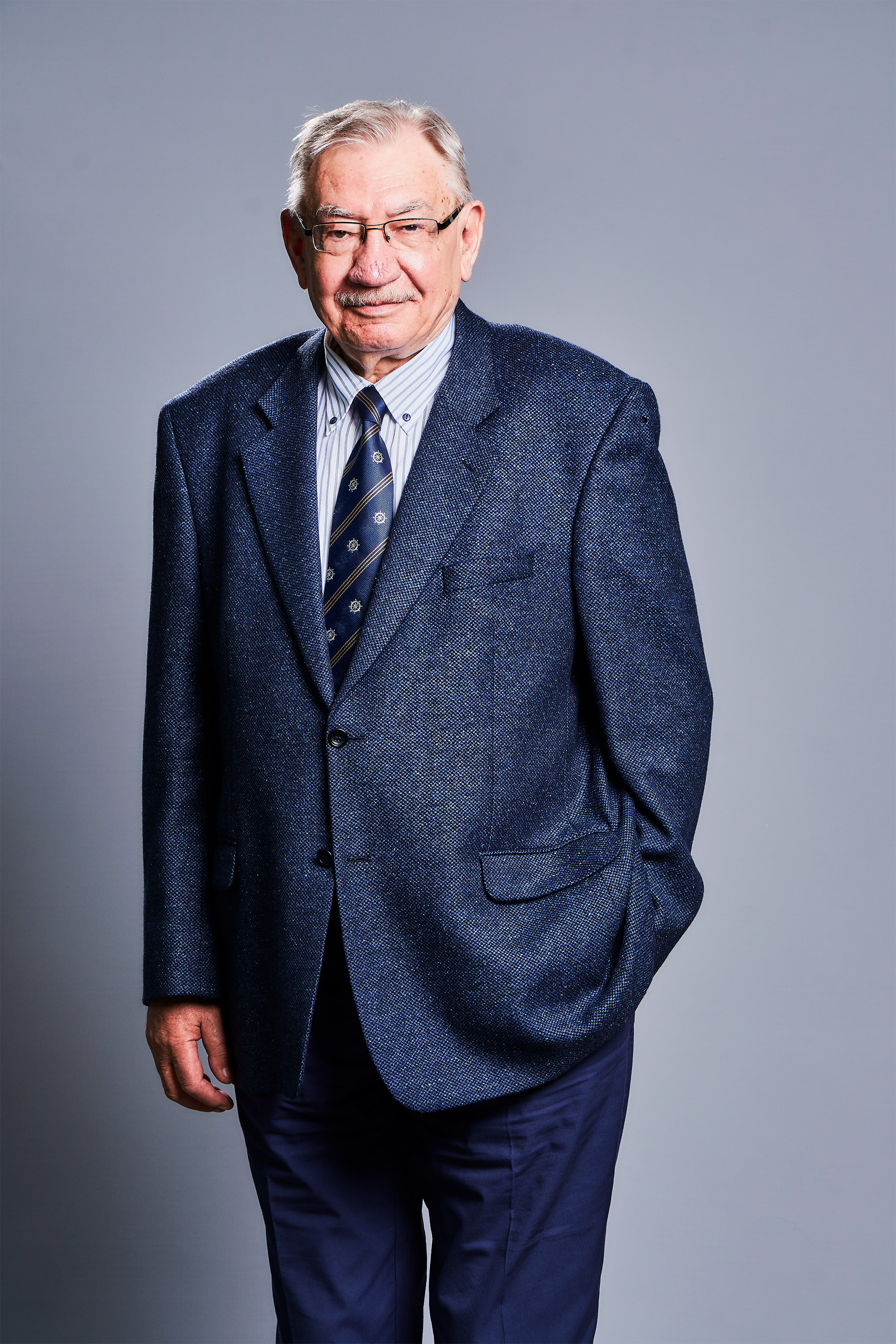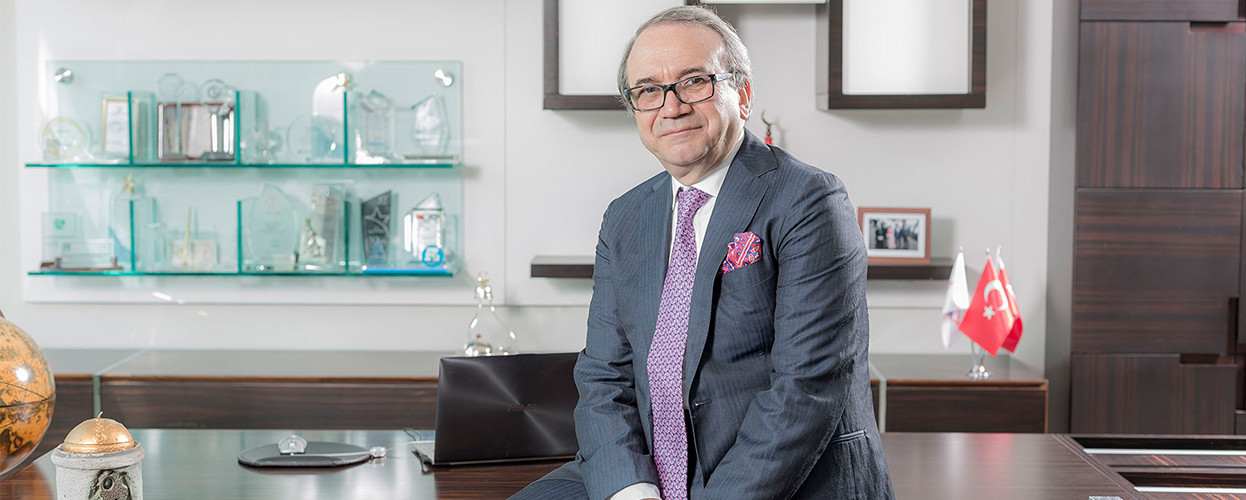Portrait photography is one of the deepest branches of photography, requiring not only technical skill but also communication and empathy with people. The key points that can be said about portrait shooting as a photographer are as follows:
1. Purpose: Telling a Story and Capturing Emotion
The goal of a portrait is to reflect not only the model's outward appearance but also their personality, mood, and inner world.
- Build a Connection: The best portraits are born from a relationship of trust between the photographer and the model. Talk before the shoot, help the model relax, and try to understand what you want to reflect (and what they want to reflect).
- Eyes: The eyes are the mirror of the soul. Keeping the eyes in sharp focus is critical to the success of the portrait. Often, the focus should be locked on the model's eyes.
- Expression Guidance: Instead of saying "Smile," tell a story that will make them smile or ask them to focus on a thought that suits their current mood. Properly directing body language and hand positions enhances the believability of the expression.
2. Light: A Tool for Shaping and Creating Drama
In portraits, light is a tool for shaping, not just showing.
Basic Lighting Patterns: Learn classic lighting patterns to create different moods:
- Rembrandt Lighting: A dramatic and strong expression that leaves a small triangle of light on the shaded side of the face.
- Butterfly Lighting: A soft light that creates a butterfly-shaped shadow under the nose, often used in glamour and beauty shots.
- Split Lighting: A mysterious and tense atmosphere created by leaving half of the face lit and the other half in full shadow.
Soft Light vs. Hard Light:
- Soft Light: Achieved through windows or large softboxes. It hides imperfections, smooths the skin tone, and is typically ideal for warmer, more intimate portraits.
- Hard Light: Achieved with direct sunlight or small, open light sources. It emphasizes texture and drama; useful for aged portraits or character studies.
3. Technical Details
- Lens Selection: The ideal lenses for portraits are generally between 50mm and 135mm. These lenses minimize perspective distortion and make facial features appear more natural.
- 85mm: Often referred to as the "Portrait King," it offers the most natural perspective.
- Aperture and Depth of Field: In portraits, wide apertures (low f-stop values, such as f/1.8 - f/4) are often used to separate the subject from the background. This creates a shallow depth of field and blurs the background (bokeh).
- Importance of the Background: The background should not be distracting, but should support the story. You can choose a simple studio backdrop or use an outdoor environment with carefully out-of-focus surroundings.
4. Post-Production
Editing is an essential step in giving the portrait its final form, but it should remain natural. Portrait photography is an art that requires practice, experimentation, and constant communication.
- Retouching: The goal is not to completely eliminate "flaws" but to remove distracting elements (temporary pimples, scars, etc.). The texture of the skin should be preserved. Over-retouching makes the portrait look lifeless and plastic.
- Color Grading: Cool tones convey professionalism or sadness, while warm tones evoke intimacy and joy. Choose a color palette that fits the mood of the shoot.
Naturalness and sincerity are the most important elements of portrait photography. In portrait photography, which is the most challenging yet also the most widely used area of photography, we are here to capture true emotions, the inner world, and the perfect moment with the right light, the right lens, the right composition, and our years of accumulated experience.


























